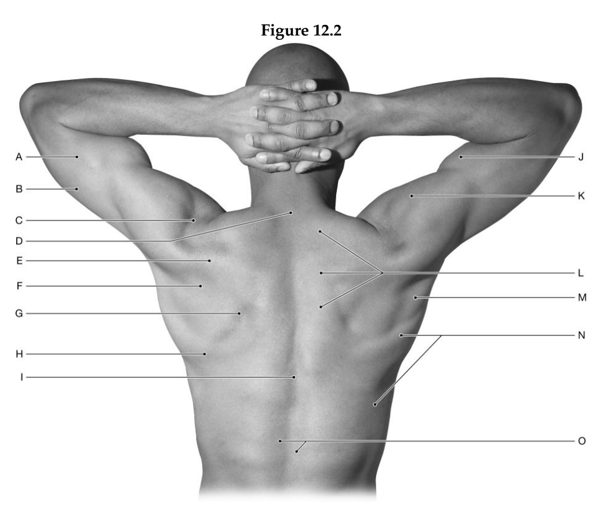Normally the major source of H+ in the body is from the formation of sulfuric and phosphoric acid produced during metabolism of dietary proteins that contain sulfate and phosphate groups
Indicate whether the statement is true or false
F
You might also like to view...
What are the five main classes of immunoglobulins found in humans?
A. IgB, IgD, IgE, IgG, IgM B. IgA, IgD, IgE, IgG, IgM C. IgA, IgB, IgC, IgD, IgE D. IgD, IgE, IgG, IgM, IgS E. IgA, IgC, IgE, IgG, IgI
Using the figure below, identify the labeled part.

1. Label A: ______________________________
2. Label B: ______________________________
3. Label C: ______________________________
4. Label D: ______________________________
5. Label E: ______________________________
6. Label F: ______________________________
7. Label G: ______________________________
8. Label H: ______________________________
9. Label I: ______________________________
10. Label J: ______________________________
11. Label K: ______________________________
12. Label L: ______________________________
13. Label M: ______________________________
14. Label N: ______________________________
15. Label O: ______________________________
All of the following are correct regarding DNA except
A) it contains deoxyribose sugar. B) molecular shape varies with hydrogen bonding along the length of the strand. C) the nitrogenous base is made of adenine, guanine, cytosine, and thymine. D) it stores genetic information. E) it contains a double helix.
What is "allosteric modulation"?
A. regulation of physiological functions by the sympathetic division of the autonomic nervous system B. modification of the functional state of a protein by temperature or pH C. the change in the shape and functional state of a protein that occurs when a ligand binds to a regulatory site D. the fact that all binding sites on a protein must be occupied to have a biological effect E. the ability of a single ligand-binding site to bind to molecularly similar ligands